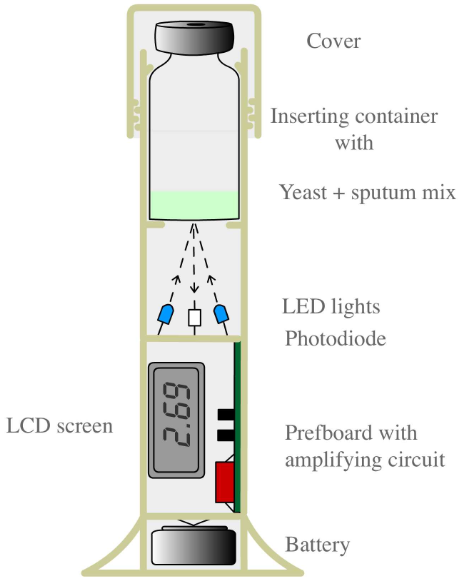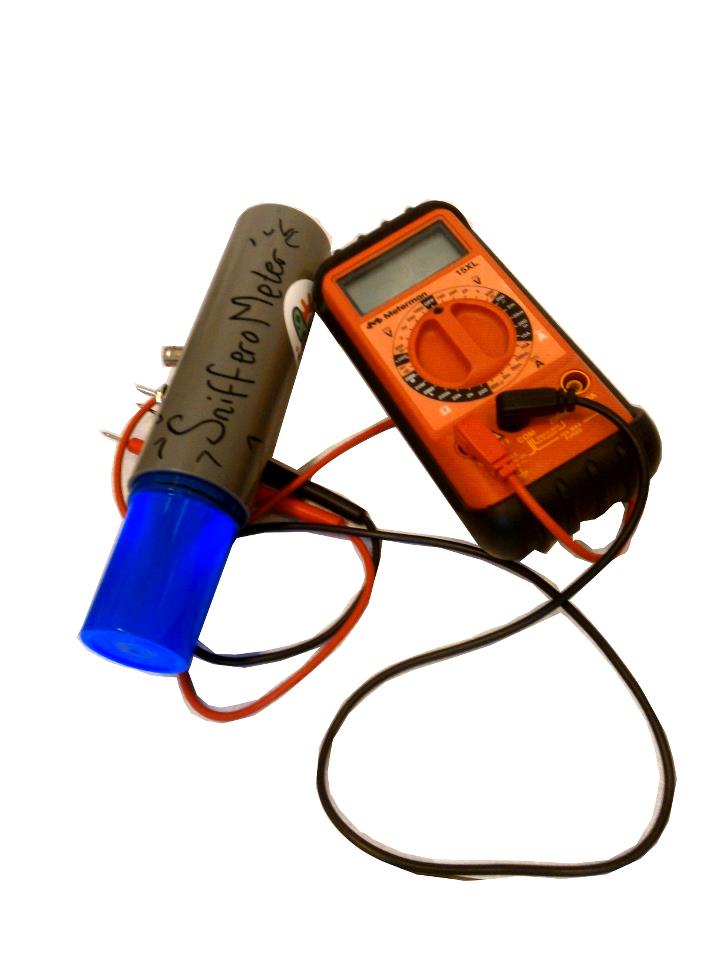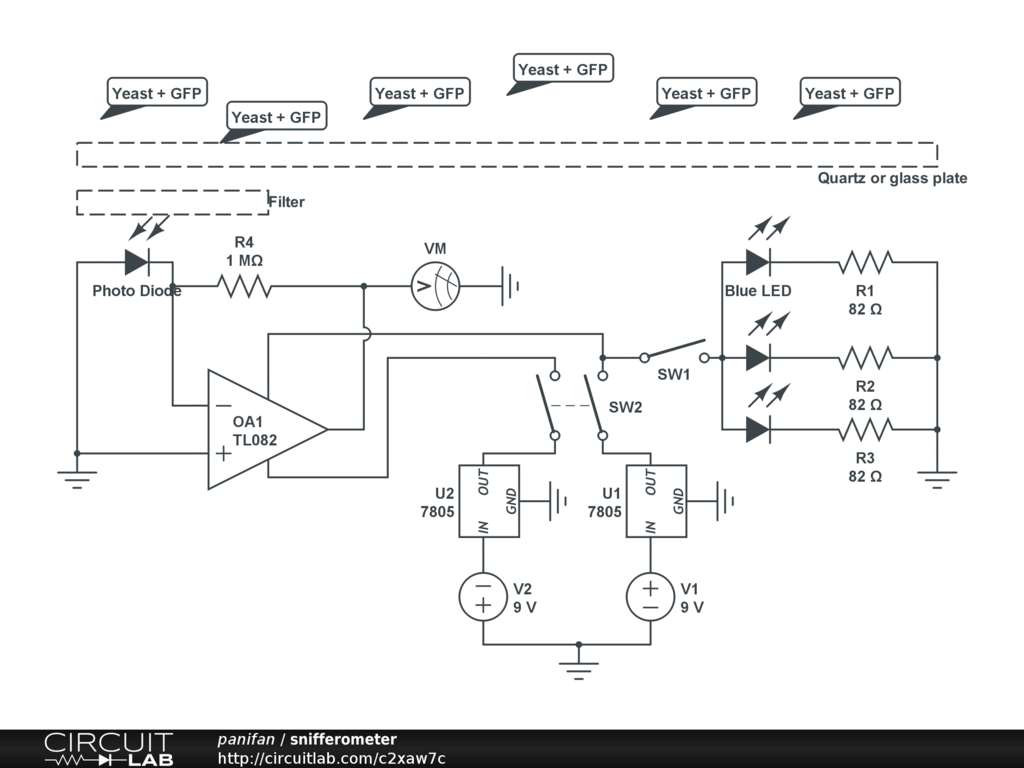Team:TU-Delft/Snifferometer
From 2012.igem.org
(→Design of Snifferometer) |
(→Design of Snifferometer) |
||
| Line 14: | Line 14: | ||
In order to assess the feasibility using our Snifferomyces cells as a diagnosis method, a device called "Snifferometer" was built to measure the status of fluorescence. The purpose of building such a device is to overcome the complexity, incalculability, and the high cost of using fluorescence microscope. | In order to assess the feasibility using our Snifferomyces cells as a diagnosis method, a device called "Snifferometer" was built to measure the status of fluorescence. The purpose of building such a device is to overcome the complexity, incalculability, and the high cost of using fluorescence microscope. | ||
| - | = | + | = Construction of Snifferometer = |
== The Concept of the Device == | == The Concept of the Device == | ||
Revision as of 14:44, 26 October 2012

In order to assess the feasibility using our Snifferomyces cells as a diagnosis method, a device called "Snifferometer" was built to measure the status of fluorescence. The purpose of building such a device is to overcome the complexity, incalculability, and the high cost of using fluorescence microscope.
Contents |
Construction of Snifferometer
The Concept of the Device
Figure 1 shows the concept of how the device works. The LEDs emit blue light on the liquid mixing Snifferomyces and sputum of the patient. Later, the photodiode collects the glowing light and transfers it into an amplified signal of voltage. Thus, by reading the number of voltmeter, the status of TB smelling cells in sputum can be detected.
Test
Eppendorf tubes are used to contain the liquid.
Two filters were tested:
Four sets
- Control: M9 medium with E-coli
- Test: M9 medium with E-coli overexpressing TagGFP2
M9 medium is used because it has low autofluorescence.
- reduce background light intensity: right filter
- increase green light intensity
- increase the sensitivity of the circuit
- enlarge the area of fluorescent

 "
"




